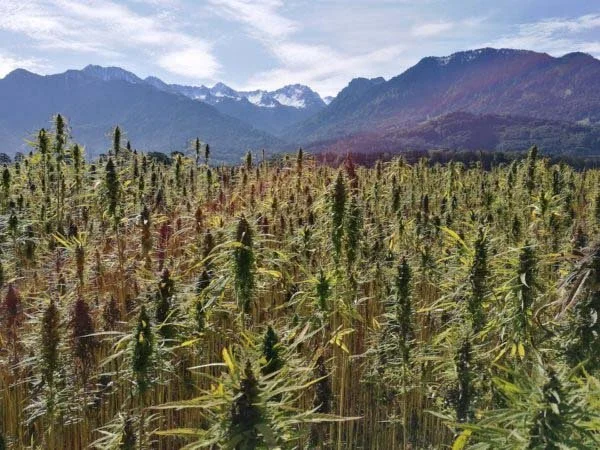Oregon Hemp Farming
A Waste Crisis, Hidden in Plain Sight.
Across Oregon, cannabis farms are generating an overwhelming amount of plant waste — stalks, stems, leaves, and roots — left over after harvesting flower. This biomass isn’t just bulky; it’s also difficult and expensive to get rid of. With limited infrastructure and regulation around agricultural waste management, many farmers are left with three bad options: burn it, landfill it, or let it decompose in piles.
Each method comes with consequences. Burning contributes to poor air quality and releases carbon emissions. Landfilling adds weight and cost, especially for farms located far from disposal sites. Letting it rot on-site can attract pests, create fire hazards, and produce methane — a potent greenhouse gas. None of these outcomes align with the environmentally conscious image of Oregon’s cannabis industry.
What makes this worse is that the waste actually holds value. Industrial hemp stalks (and their cannabis counterparts) are rich in natural fibers that, if processed correctly, can be turned into textiles, construction materials, paper, and more. But without access to the right equipment or buyers, most farmers see their waste as just that — waste.
This is the core problem: Oregon farms are producing a renewable material with untapped potential, but the gap between waste and opportunity is wide. Until there’s an easy, affordable, and sustainable way to offload and monetize this biomass, it will keep piling up — burned, buried, or ignored.

